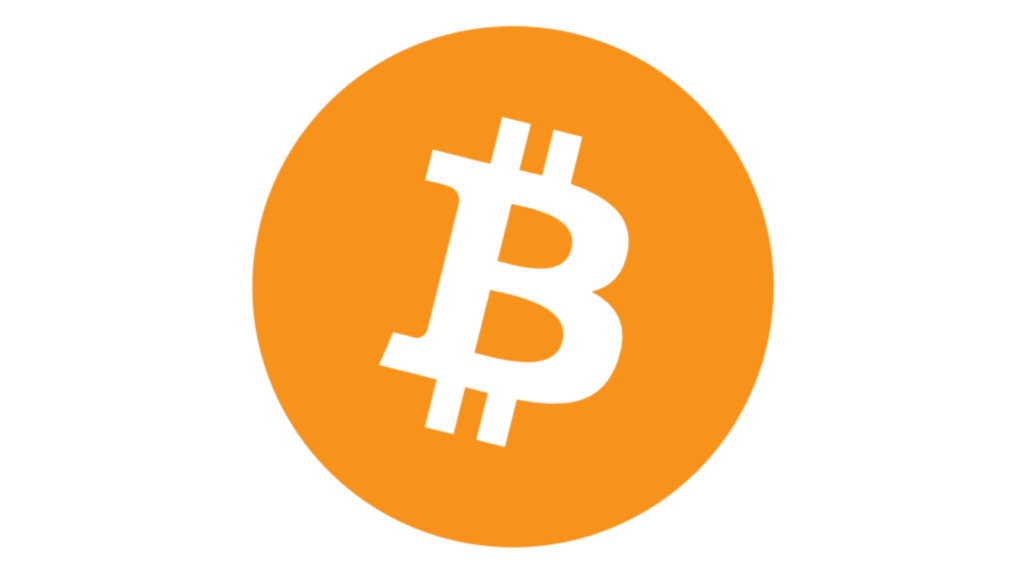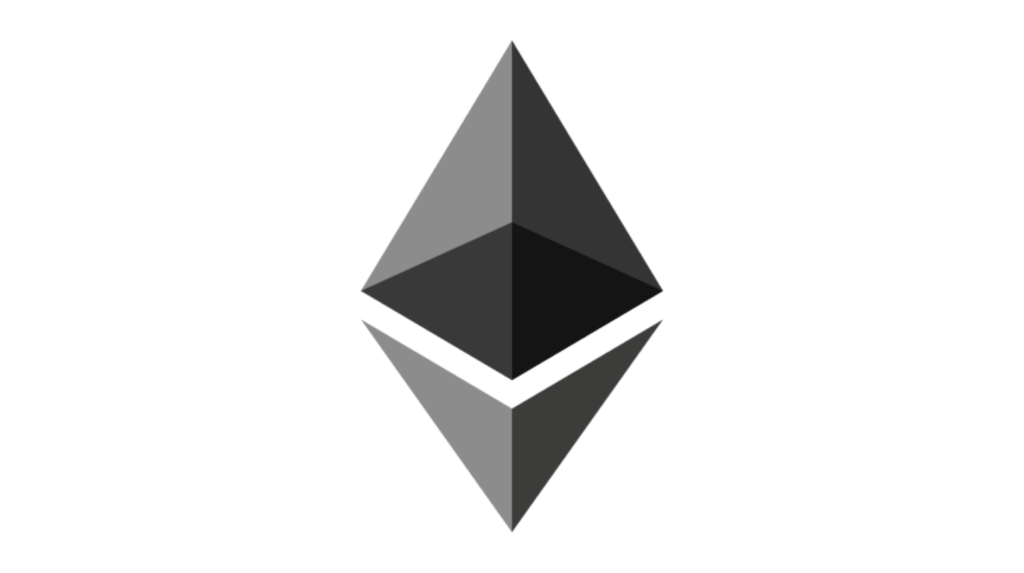You can listen to or watch this article here:
When we use our computers and use Word docs or other files we normally save them in folders. A folder with docs, photos, spreadsheets, music files, other files, etc. could be called our database.
When we use Facebook, for example, we don’t keep that “database” of photos, status reports, messages, links, etc in our computer, Facebook keeps a database of all our activities on their servers in a data-center, which is a building full of servers (powerful computers).

In the case of Bitcoin [1] instead of using Facebook, or any other service, to store our stuff in their databases, we download a software that is more or less like Skype, and instead of sending and receiving voice or video or text between us we send and receive units called bitcoins.
The Bitcoin software (Bitcoin Core [2]) instead of centralizing “the database” in a service like Facebook or Google or Dropbox, it keeps a copy of the database on your laptop or PC.
Imagine 10 friends at a bar around a table and everybody with a laptop and a copy of Bitcoin. Each laptop has the complete database of the Bitcoin list of accounts and transactions.
When friend A sends 1 bitcoin to friend B it sends the message to all 10 laptops and they all check that the balance is correct, the accounts, etc. and after checking (and doing some other calculations) they all agree to post, on the databases that they all have in their disks, the new transaction.
The Bitcoin database is called a blockchain, because of how it operates, and the process by which all computers check transactions and reach an agreement is called “consensus” [3] (there is another process called mining, but I think it’s not relevant in a layman’s explanation).
The world changing invention of Bitcoin is that all computers participating in the network can keep this “distributed” database updated and with all latest transactions without the need of a central player like Facebook (or a bank) to be the guarantor of security and clearance of bitcoin movements. This was not possible before, it was a computer science problem for decades, but now it’s possible!
The combination of the blockchain and the consensus process of all machines participating in the network keeps it secure and attackers (hackers) could falsify or corrupt the database only if they had more than 50% of the computing power of all the network. Because by now there are so many (and powerful) computers participating, to hack Bitcoin is so costly that it is nearly impossible. Smart, isn’t it?!
The Bitcoin network and its database, the blockchain, only handles and posts accounts and new transactions so it is used as money where the balances are passed from account to account as everybody enters transactions.

In the case of Ethereum [4] it is the same invention, BUT instead of only handling accounts and transactions, it can also store computer programs like:
– if account X has $Y balance
– and if today is December 31st, 2020
– then transfer 5 coins to account Z
– if not, don’t do anything
And as the above program can be set up on Ethereum and would live in the Ethereum database for ever (because it is stored in thousands of computers around the world) people may store any kind of program that can execute orders of any kind and responding to any kind of parameters like dates, quantities, sports results, or anything else that happens in the real world.
Since the Ethereum database is stored in thousands of powerful computers and laptops around the world, collectively, they may be described as a single computer because they all have the same database and can communicate between each other. Collectively, they have so much computing power that by sharing it (and the database with the money and programs) they may be an incredibly powerful multi-service data-center for the world and for many purposes.
References
[1] Bitcoin white paper: https://bitcoin.org/bitcoin.pdf
[2] Bitcoin Core: https://bitcoin.org/en/download
[3] Why Proof of Work Based Nakamoto Consensus is Secure and Complete – by Donald McIntyre: https://etherplan.com/2020/03/21/why-proof-of-work-based-nakamoto-consensus-is-secure-and-complete/10509/
[4] Ethereum white paper: https://etherplan.com/ethereum-white-paper.pdf
Code Is Law